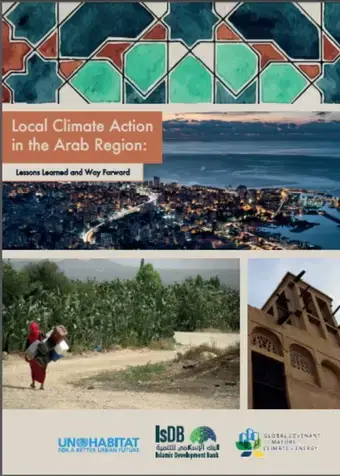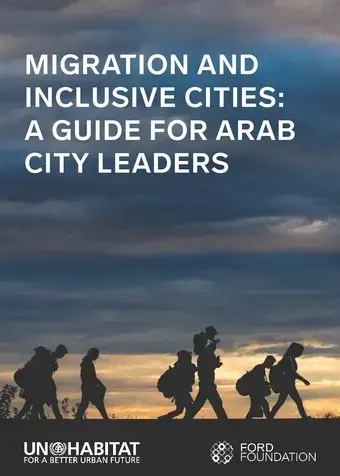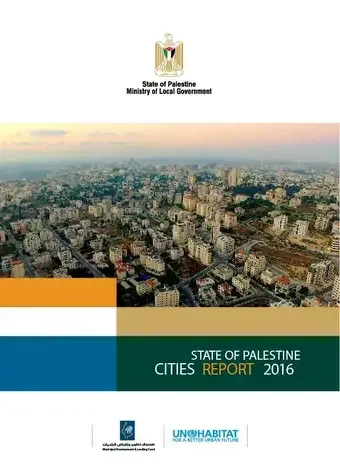 The annual rate of population growth in the last census period (2001-2010) has reached 7.6%, the country’s population is projected to reach 2.2 million by 2030.
The annual rate of population growth in the last census period (2001-2010) has reached 7.6%, the country’s population is projected to reach 2.2 million by 2030.
UN-HABITAT Regional Office for Arab States: Overview 2018
For more than 40 years, UN-Habitat has been leading the way in building partnerships, sharing knowledge and transforming lives through sustainable urbanization. Mandated by the UN General Assembly in 1978 to promote socially and environmentally sustainable human settlements, and to develop and achieve adequate shelter for all, UN-Habitat envisions well-planned, well-governed, resilient and efficient cities and human settlements, with adequate housing, infrastructure, and universal access to employment and basic services.



